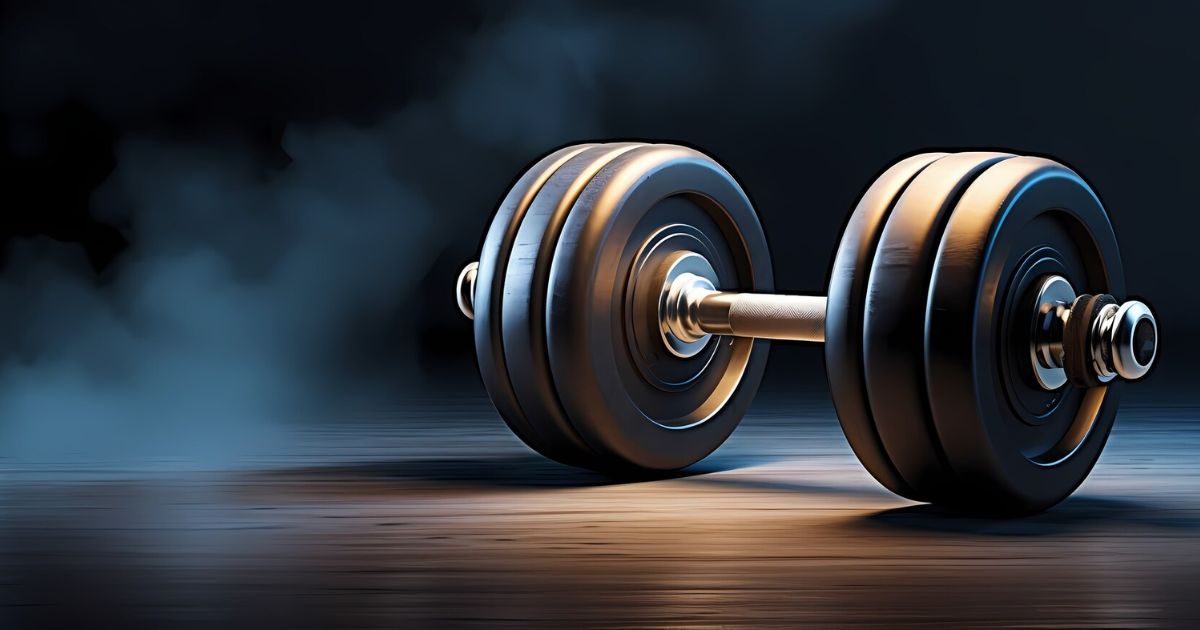Struggling to shed unwanted fat? Drowning in a sea of conflicting fitness advice? You’re not alone.
A whopping 63% of Americans struggle with maintaining a healthy weight, according to a 2023 study by the Centers for Disease Control and Prevention [*].
One common question that arises is whether weight training can truly help with fat loss?
The answer is a resounding YES, and this article will explore exactly how weight training can transform your body and your fat-burning potential.
Does Weight Training Help Burn Fat?
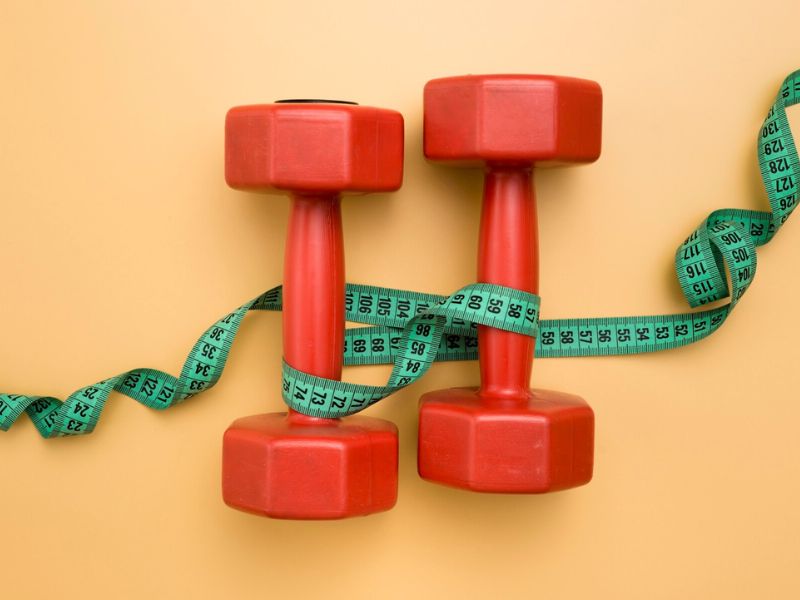
Yes, weight training is a powerful tool for fat loss, even for beginners. Here’s why:
- Muscle-Building Machine: Weight training builds muscle mass, which has a higher metabolic rate than fat. This means your body burns more calories even at rest – like a 24/7 fat-burning furnace. A study published in the American Council on Exercise found that resistance training can increase your resting metabolic rate by 5-10%, translating to burning hundreds of extra calories per day [*].
- The EPOC Afterburner: Ever feel your body buzzing with energy after a weight training session? That’s Excess Post-exercise Oxygen Consumption (EPOC) at work. Your body continues to burn calories after your workout to replenish oxygen stores, giving your fat-burning a prolonged boost.
- Long-Term Effects: Unlike cardio, the effects of weight training on metabolism can last for up to 48 hours after your workout, keeping the fat-burning fire stoked even on rest days [*].
How Much Weight Training Do Beginners Need for Fat Loss?
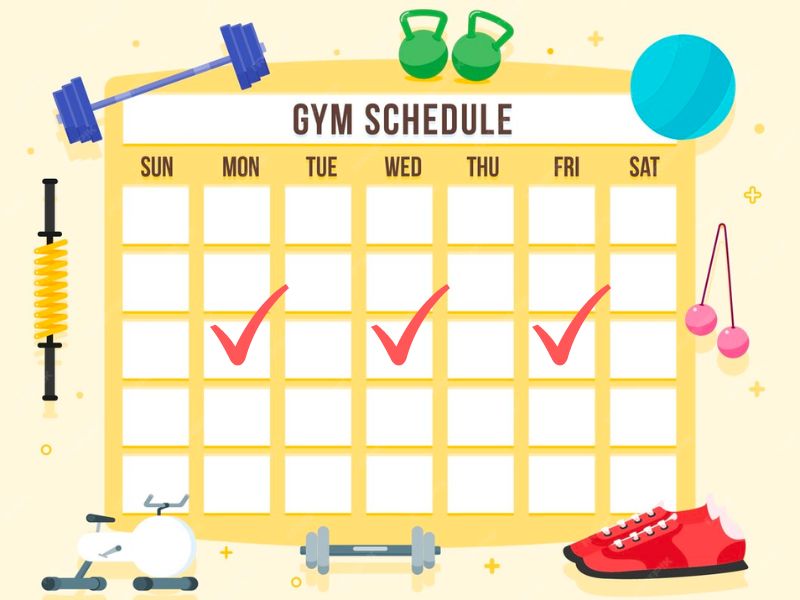
The ideal amount of weight training for fat loss depends on your fitness level and goals. However, here’s a general guideline for beginners:
- Frequency: Aim for 2-3 weight training sessions per week, targeting all major muscle groups.
- Sets and Reps: Perform 2-3 sets of 8-12 repetitions per exercise. Choose a weight that challenges you towards the end of each set, but allows you to maintain proper form.
- Progression: Gradually increase the weight you lift as you get stronger to keep challenging your muscles and promoting further fat loss.
Best Weight Training Exercises for Beginners to Burn Fat
Here are some excellent beginner-friendly weight training exercises that target major muscle groups and promote fat burning:
Upper Body:
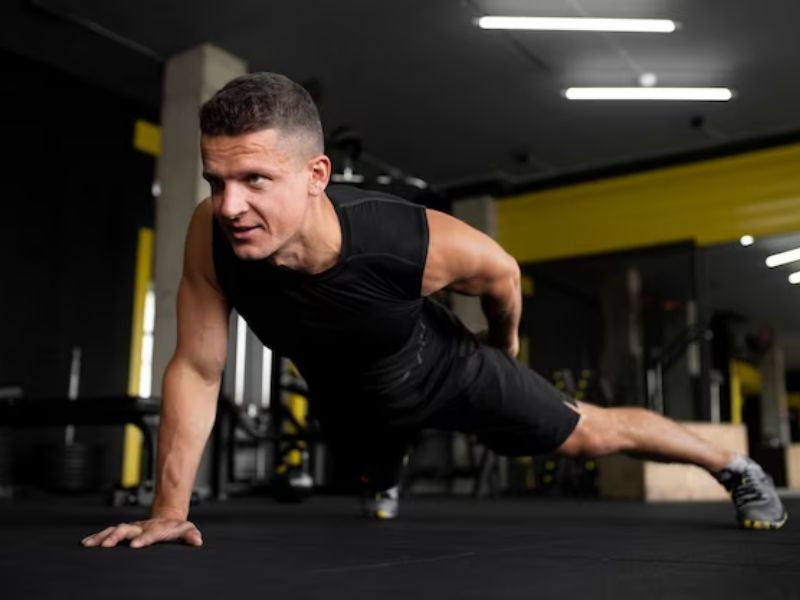
- Push-ups (modify on knees if needed)
- Dumbbell rows
- Overhead press (bodyweight or light dumbbells)
- Bicep curls
- Tricep extensions
Lower Body:
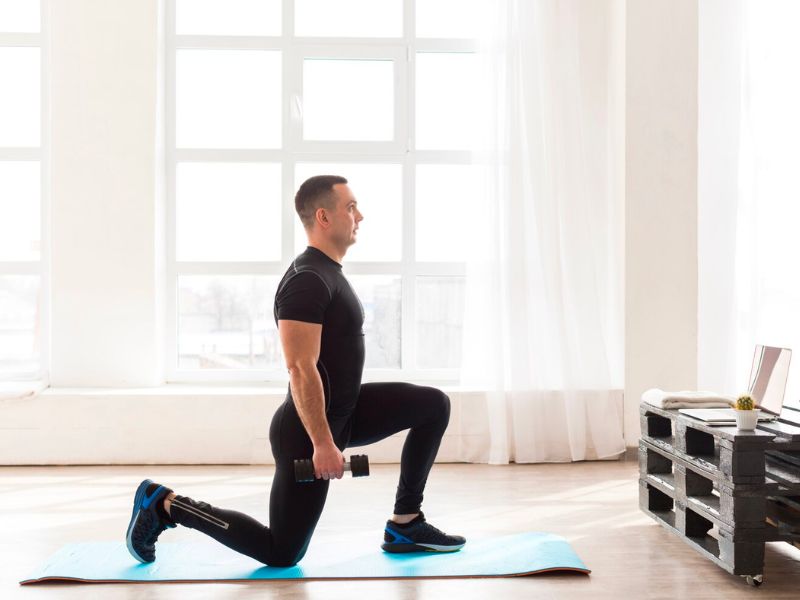
- Squats
- Lunges
- Deadlifts (bodyweight or light weight)
- Calf raises
Core:

- Plank variations
- Russian twists
- Side planks
Safety Note: Before starting any new exercise program, consult a healthcare professional, especially if you have any pre-existing health conditions.
Understanding Weightlifting vs. Cardio for Fat Loss

You’ve declared war on stubborn body fat, but the fitness world throws confusing punches: “Lift weights to build muscle and burn more calories.” shouts one corner. “Cardio is king for torching calories.” yells the other.
Who do you believe?
Can’t we all just get along… and burn some serious fat?
Well, hold your horses, fitness warriors. Both weight training and cardio deserve a place in your fat-loss arsenal, but they work in very different ways. Think of them as your ultimate tag team, each with a unique superpower:
Muscle Builder: Weight Training

Imagine fat as a sneaky thief stealing your calories. Weight training builds muscle, which is like hiring a buff bodyguard.
Muscle burns more calories, even at rest, making it harder for that fat thief to steal anything. Studies have shown weight training can increase your calorie-burning engine by up to 200-300 per hour [*].
Calorie Torch: Cardio
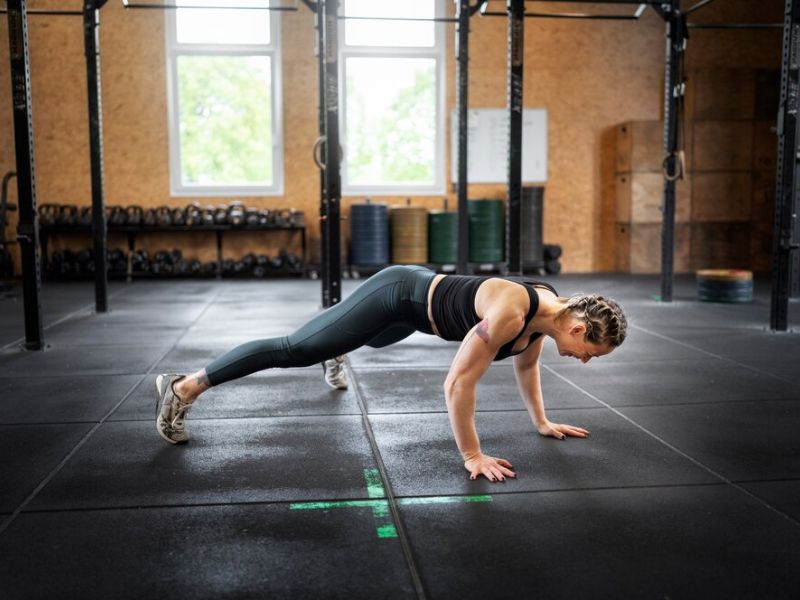
Cardio is like hitting the brakes on your body’s engine, burning calories directly during your workout. Running, swimming, dancing – anything that gets your heart pumping counts.
The Winning Combo: Weightlifting + Cardio
For the ultimate fat-burning strategy, combine both. Here’s why:
- Double Whammy: Weight training builds muscle for more calorie burning, while cardio torches calories during your workout. It’s a one-two punch against fat.
- Burn More: Lifting weights before cardio can maximize calorie burning. Think of it as prepping your muscles for the cardio fire that follows.
Lifting Heavy vs. Light Weights for Fat Loss: Finding the Right Weight
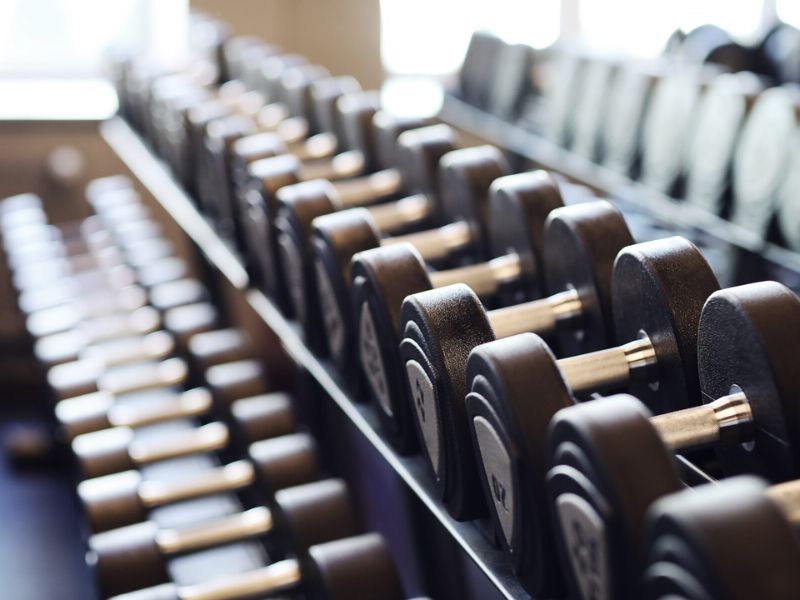
Let’s face it, you walk into the weight room feeling like a superhero-in-training, ready to hoist some serious iron.
But then you see those weight racks overflowing with dumbbells that look like they belong on the set of a strongman competition.
Suddenly, your inner hero feels a teensy bit intimidated.
Here’s the truth, though: going heavy isn’t always the best strategy, especially for beginners. It’s like trying to learn a new language by diving headfirst into Shakespeare – you might get overwhelmed and discouraged fast.
The key to unlocking your fat-burning potential with weight training lies in finding the right weight. It should be challenging, but not enough to make you sacrifice proper form.
Think of it like Goldilocks and the weights: not too heavy, not too light, but juuuust right.
Here’s how to find your weightlifting sweet spot:
- The Challenge is Real: You should definitely feel the burn towards the end of each set. If you can crank out those reps like it’s nothing, it’s time to increase the weight slightly. Remember, we want to challenge your muscles, not let them take a nap.
- Form Over Everything: Imagine your body is a finely tuned machine. Lifting with proper form ensures all the parts are working together efficiently, minimizing the risk of injury. If you feel your form wobbling like a Jenga tower at the end of a rep, the weight is probably too heavy.
So, how do you actually find that perfect weight?
- Listen to Your Body: This is your ultimate guide. If something feels off, adjust the weight or ask for help.
- Progressive Overload is Your Friend: As you get stronger, gradually increase the weight to keep challenging your muscles and maximize fat burning. Think of it as leveling up in your weightlifting journey.
- Don’t Be Shy, ask a Trainer: Trainers are there to guide you. They can help you choose the right weight, ensure proper form, and answer any questions you might have.
Overcoming Mental Barriers and Staying Motivated

Let’s be honest, starting a new exercise routine can feel daunting. But fear not, there are ways to stay motivated and crush your fitness goals:
- Set Realistic Goals: Don’t expect to look like a fitness influencer overnight. Focus on making progress, not achieving perfection. Celebrate small wins, like that extra rep you squeezed out or finally mastering that push-up form.
- Find a Workout Buddy: Having a friend by your side keeps you accountable and makes workouts more fun. You can motivate each other, share victories (and maybe groan through those tough sets together).
- Track Your Progress: Monitoring your weight, measurements, and strength gains is a fantastic way to stay motivated. Seeing your progress is a powerful reminder of how far you’ve come.
- Feel the Power: Weight training isn’t just about aesthetics. It can improve your energy levels, mood, and overall well-being. So, focus on how great you feel after a workout, not just the number on the scale.
Sample Beginner Weight Training Program for Fat Loss
This program offers a clear push-pull-legs split with designated rest days for optimal recovery. Remember, consistency is key. Aim to complete this program 3 times per week, allowing at least one rest day between workouts.
Warm-up before each workout: Perform a 5-10 minute dynamic warm-up (light cardio, jumping jacks, arm circles, leg swings) to prepare your muscles.
Day 1: Push (Chest, Shoulders, Triceps)

- Push-ups: 3 sets of as many reps as possible with good form (modify on knees if needed)
- Dumbbell bench press (or bodyweight): 3 sets of 8-12 reps
- Overhead press (bodyweight or light dumbbells): 3 sets of 8-12 reps
- Lateral raises: 3 sets of 10-15 reps
- Triceps extensions (overhead or lying): 3 sets of 10-12 reps
Day 2: Rest

Day 3: Pull (Back and Biceps)

- Dumbbell rows: 3 sets of 8-12 reps per arm
- Pull-ups (assisted or negative pull-ups if needed): 3 sets of as many reps as possible with good form
- Seated cable rows (or alternative machine): 3 sets of 10-12 reps
- Bicep curls: 3 sets of 10-12 reps
- Hammer curls: 3 sets of 10-12 reps (targets forearms)
Day 4: Rest

Day 5: Legs and Core
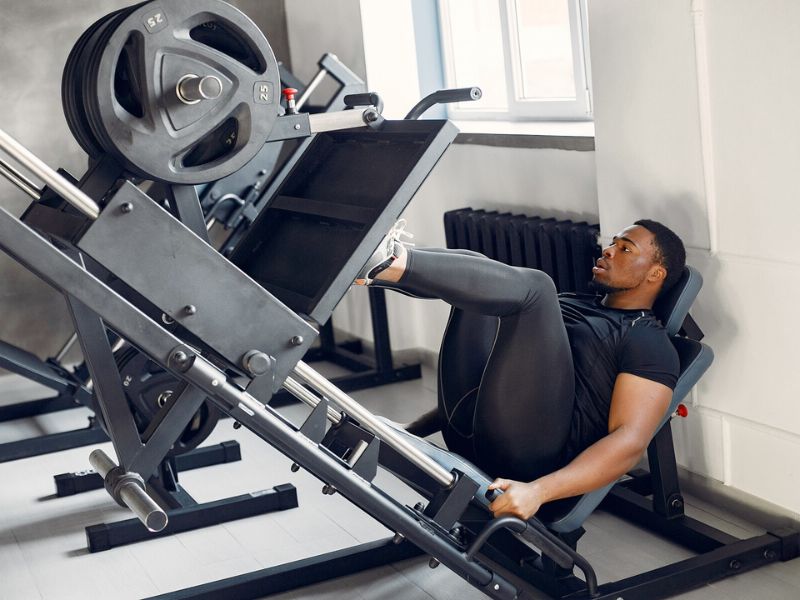
- Squats: 3 sets of 8-12 reps
- Lunges: 3 sets of 10 reps per leg
- Romanian Deadlifts (bodyweight or light weight): 3 sets of 10-12 reps (focuses hamstrings)
- Calf raises: 3 sets of 15-20 reps
- Plank: 3 sets of holding for 30-60 seconds
- Side Plank: 3 sets of holding for 30-60 seconds per side
Day 6 & 7: Rest
Cool-down after each workout: Take 5-10 minutes to cool down with static stretches to improve flexibility and reduce muscle soreness.
Progression: As you get stronger, gradually increase the weight you lift or the number of sets/reps to keep challenging your muscles. Prioritize proper form throughout each exercise.
Conclusion
In conclusion, weight training is a powerful tool for fat loss, even for beginners. It builds muscle, which burns more calories at rest, and keeps your metabolism fired up long after your workout.
While you might be tempted to grab the heaviest weights, focus on proper form and gradually increase the weight as you get stronger.
Combining weight training with cardio creates a one-two punch against fat, but remember, consistency is key.
This article also provided a beginner-friendly sample workout program to kickstart your fat-burning journey.
So, ditch the confusion, embrace weight training, and watch those pounds melt away.

